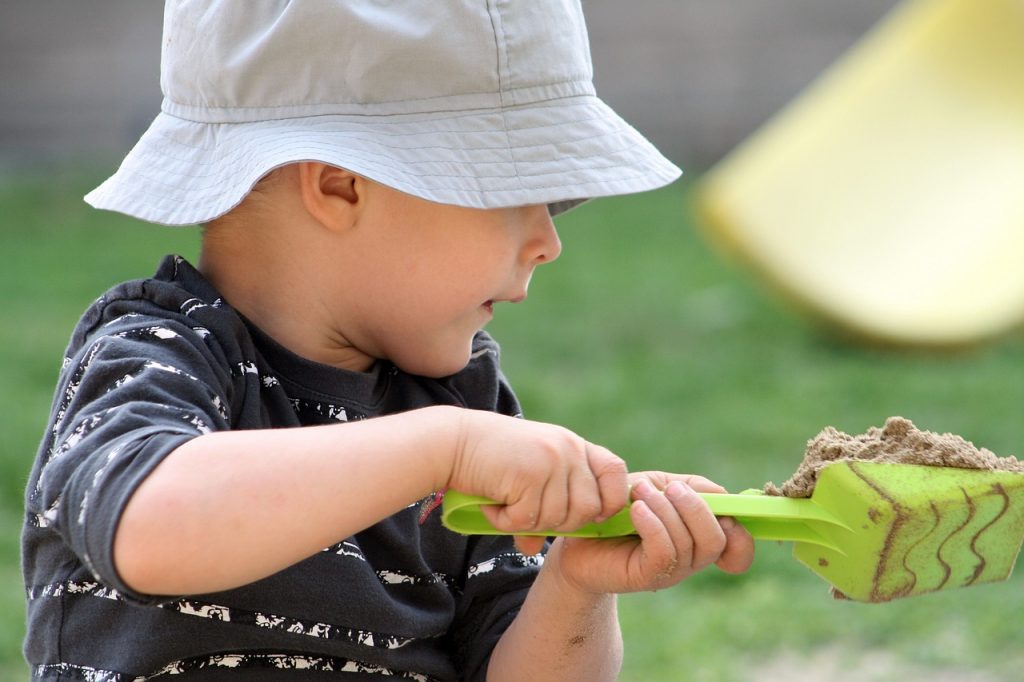Supporting children with English as an Additional Language (EAL) can be difficult due to a language barrier. Many Early Years Professionals struggle to communicate with EAL children, putting a strain on the child’s learning and development.
Here are some top tips in supporting children with EAL;
Visual aids
The use of visual aids and widgets are highly recommended in communicating with EAL children. Images and objects are useful in engaging the child without the use of language. For children with little or no English, practitioners can create an “objects of reference” bag. The bag can contain objects or images that are used in the setting daily to represent specific activities or routines such as a nappy, a paint brush or a cup. The practitioner can use the resources to show the child before carrying out the action. This will allow the child to gain an understanding of the routine and begin to associate actions first with an image or object, before then acquiring the correct word to match the action.
Parental support
Parents are key in developing communication with children. Practitioners can ask the parents for a list of key words in the child’s home language, and the correct pronunciation of each word too. This may be difficult if parents also have little or no English but the use of images can support parents too. The practitioner can find images of the words they are likely to use in the setting such as “toilet” and “drink” and ask parents to write the word under the picture and say the word so the practitioner is able to hear the sounds. Although Early Years settings encourage children to learn and use English whilst at nursery, the child’s home language should also be promoted. This will also help the child to settle in and feel more involved and understood.
Cut down language
When talking to a child with little or no English, practitioners should not be using full sentences. The child will not understand and it will be harder for them to learn English. Practitioners should use one and two word utterances, keeping their speech nice and slow and using gestures. Once the child has started to learn some English words and is confident in using them, the practitioner can begin to increase the language to simple sentences. Remember children that are learning English as an Additional Language may need to hear a word a few times before they can begin to use in correctly so if they mispronounce a word, just repeat it back the them in the correct way.
Learning through play
A child will express themselves best through doing something that they enjoy. Use play opportunities to interact with an EAL child. Facial expressions and eye contact are a key factor in communication, helping the child to feel appreciated and important. Practitioners should allow the child to lead the play, offering key words such as “car” or “cat” where appropriate. Using noises or object sounds such as “choo choo” will help the child to understand and interact vocally without the pressure of using their language.
Lots of praise
Children respond well to lots of positive praise and stickers are a great tool to encourage children. Using visual gestures such as clapping and positive facial expressions will help empower a child who is attempting to use a new language. It will encourage them to continue trying and give them confidence. Self esteem and confidence are a key factor in learning a new language and the more praise a child gains for having a go, the more the child will be willing to try.

